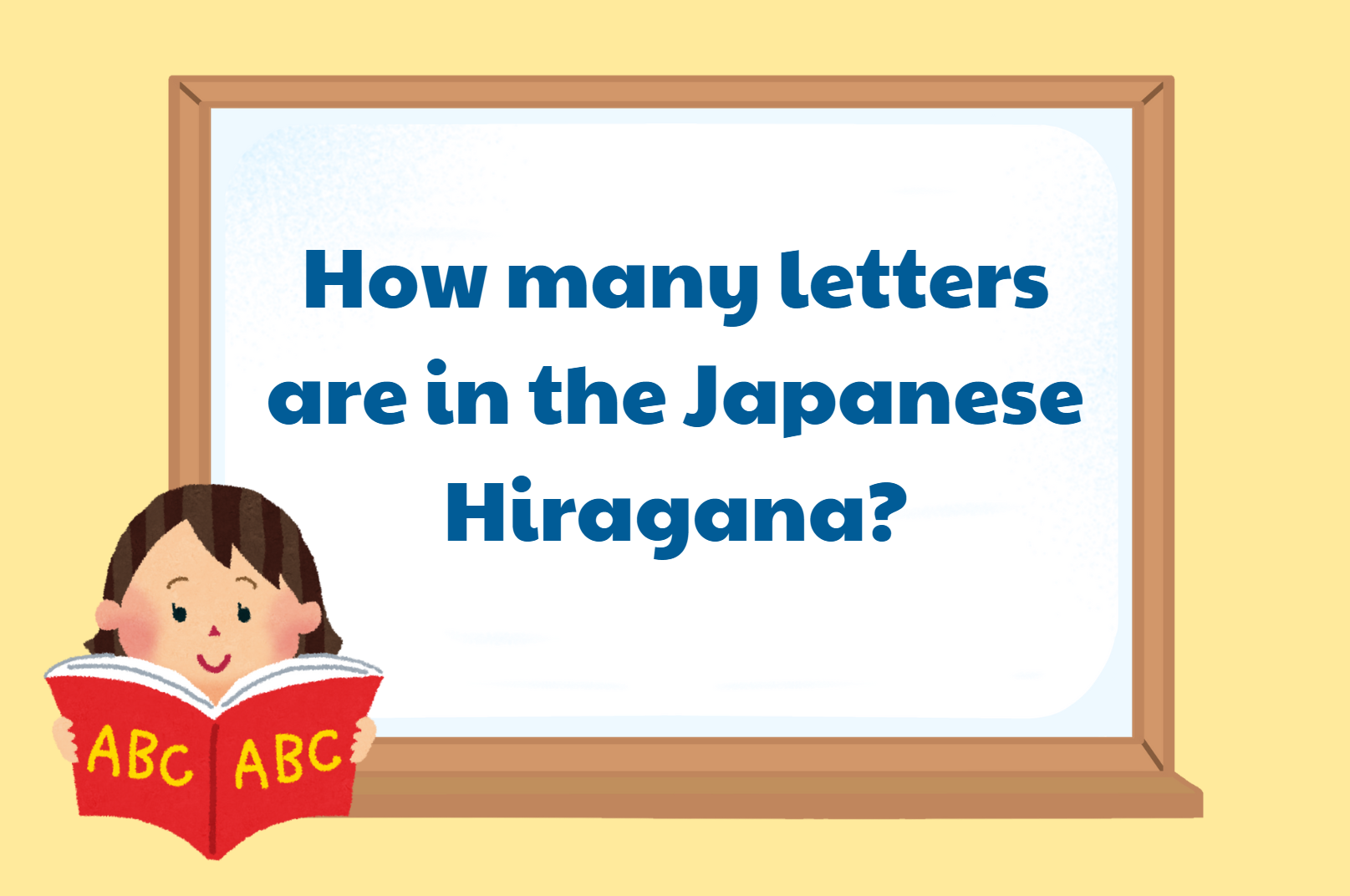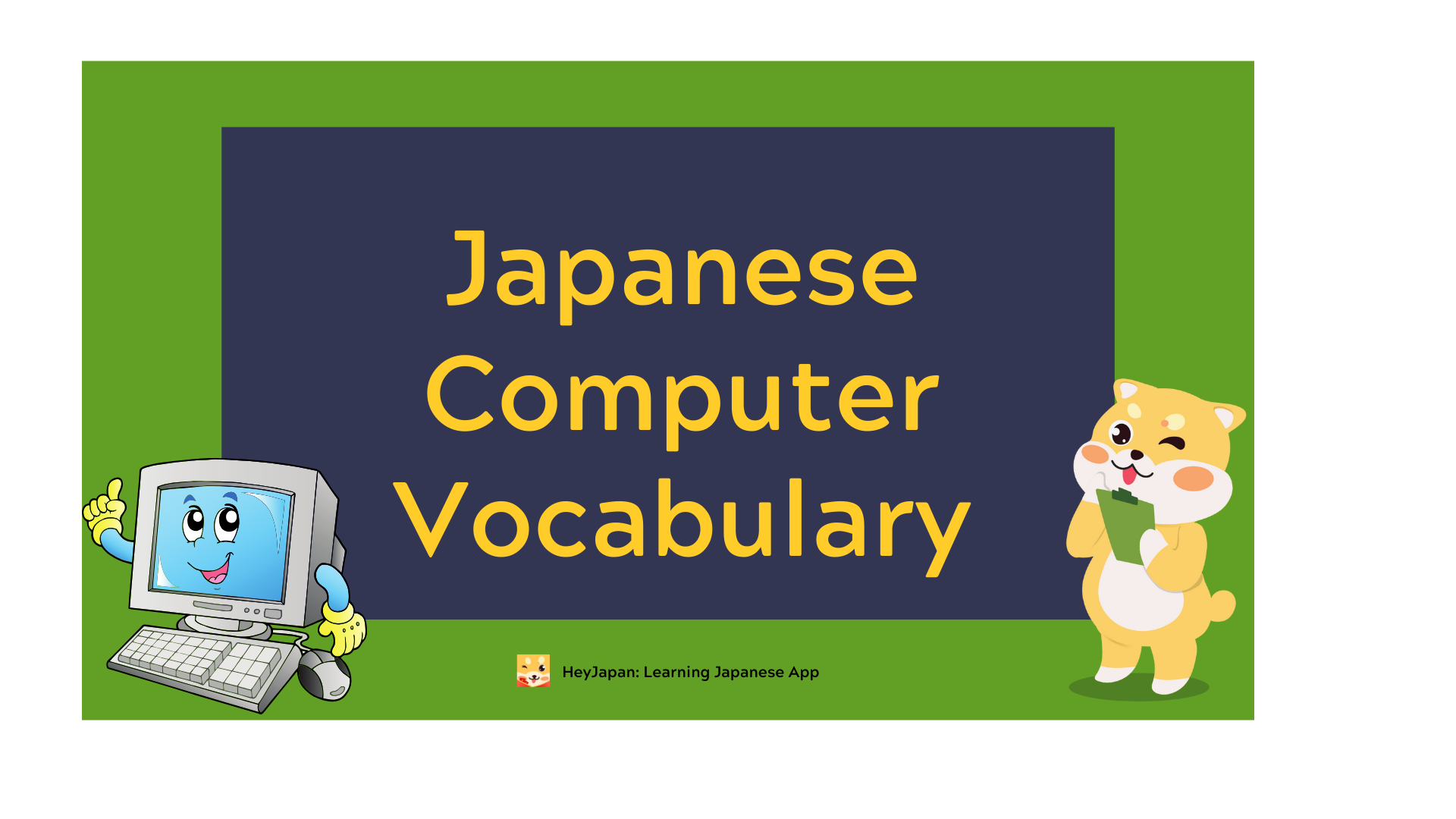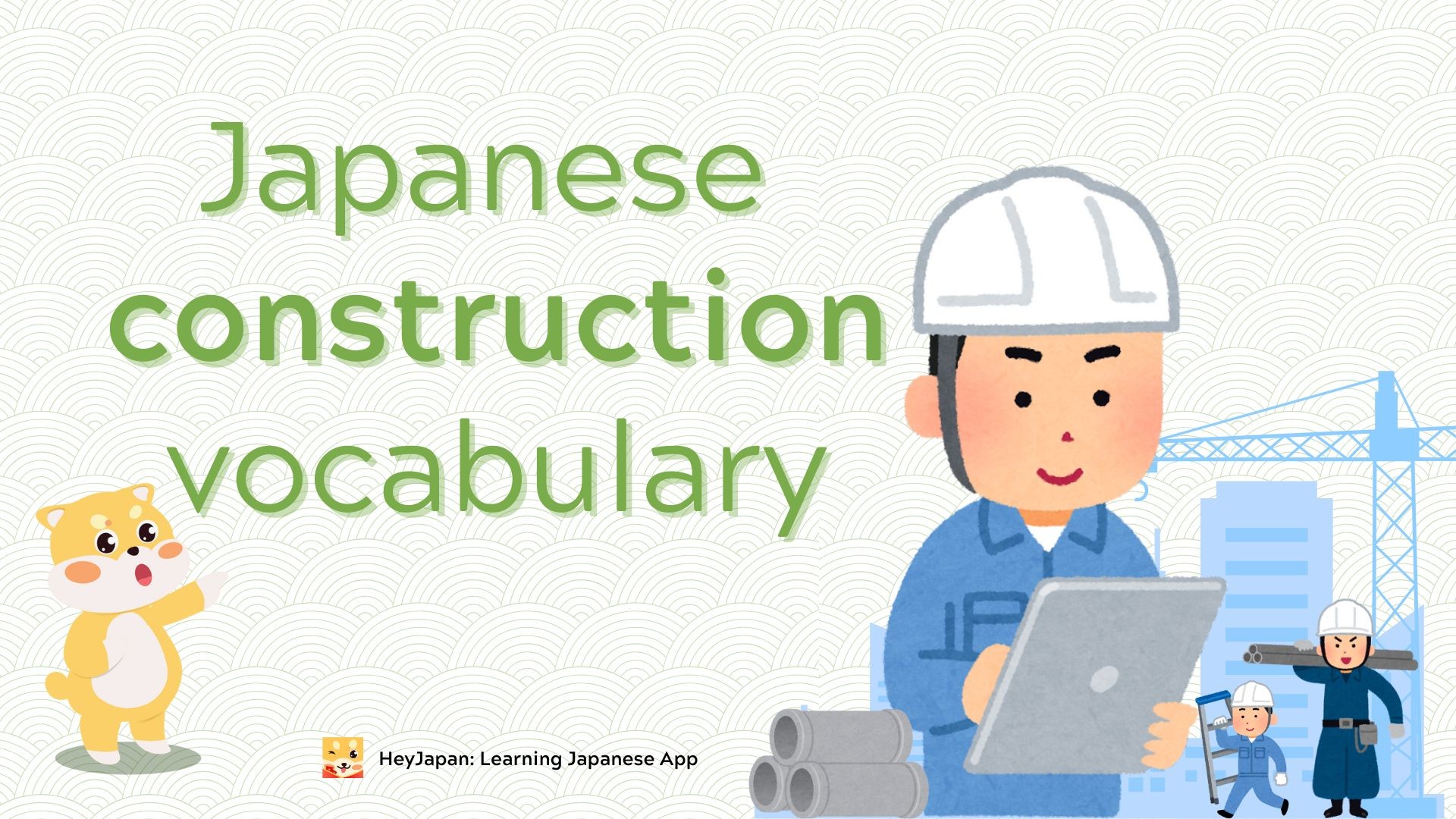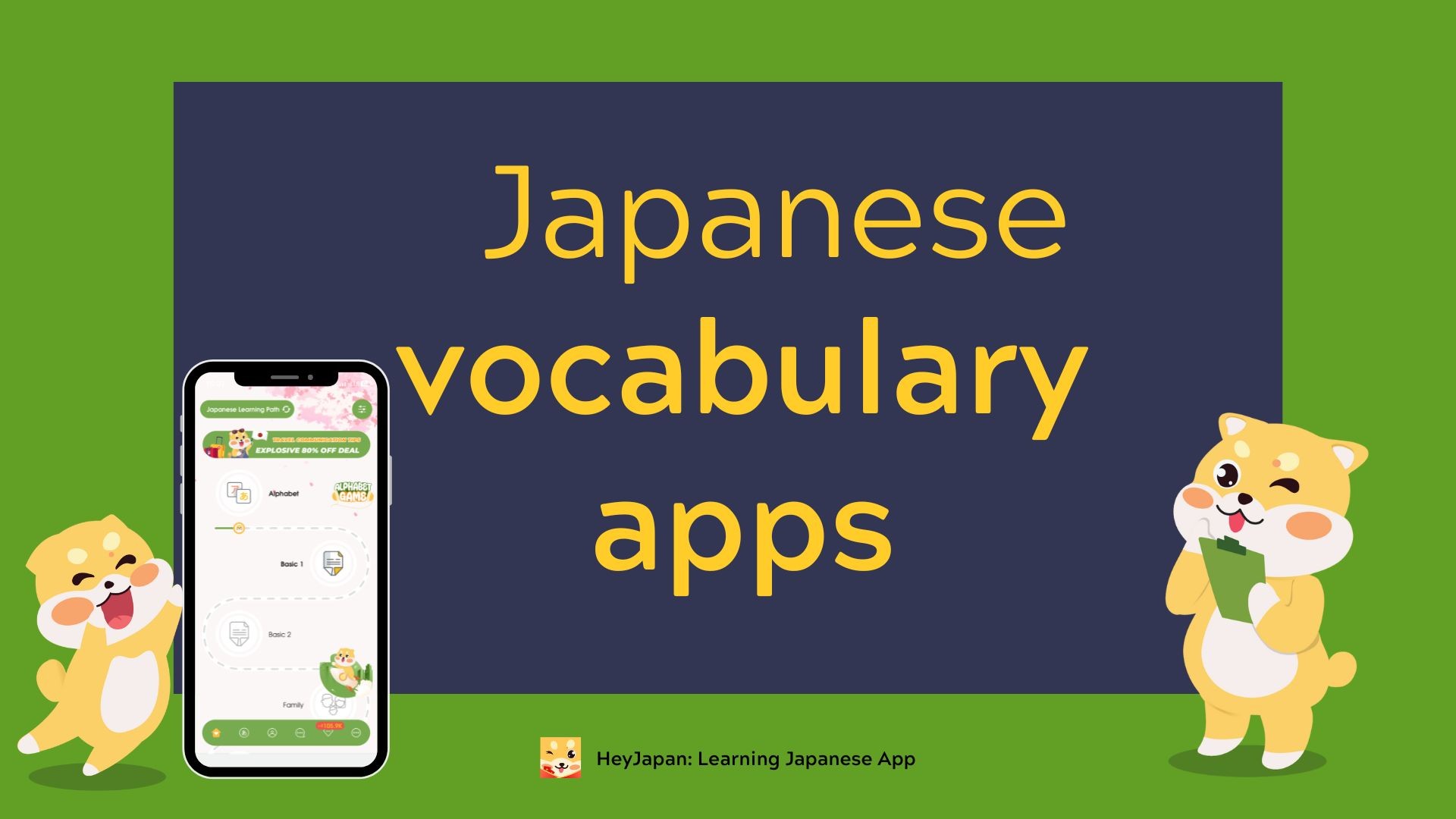- I. Number of Hiragana Characters
- II. Detailed Breakdown of Hiragana
- III. Comparing Hiragana with Other Writing Systems
- IV. Tips for Learning Hiragana Effectively
- V. History and Origin of Hiragana
- VI. Practical Applications of Hiragana
- VII. Conclusion
Hiragana is one of the essential building blocks of the Japanese writing system. It plays a crucial role in forming words, and sentences, and even helping non-native speakers grasp the fundamentals of Japanese. But how many Hiragana characters are there? This article will break down everything you need to know about Hiragana—from the number of characters to tips for mastering them effectively.
I. Number of Hiragana Characters
-
Total Basic Hiragana Characters The Hiragana chart consists of 46 basic characters. These include five vowels (あ, い, う, え, お) and a combination of consonants with vowels (e.g., か, き, く).
-
Extended Hiragana Characters In addition to the 46 basic characters, there are:
-
Dakuten (゛): Characters with a diacritical mark that modifies the sound, such as か (“ka”) becoming が (“ga”).
-
Handakuten (゜): A small circle added to some characters, turning は (“ha”) into ぱ (“pa”).
-
Yōon (ゃ, ゅ, ょ): Combinations of smaller や, ゆ, よ with other characters, such as きゃ (“kya”).
When counting these variations, the total number of Hiragana characters increases, but the core set remains 46.
-
📌 Curious about Katakana? Learn more about how many Katakana are there.
II. Detailed Breakdown of Hiragana
- Complete Hiragana Chart Below is the full Hiragana chart with transliterations:
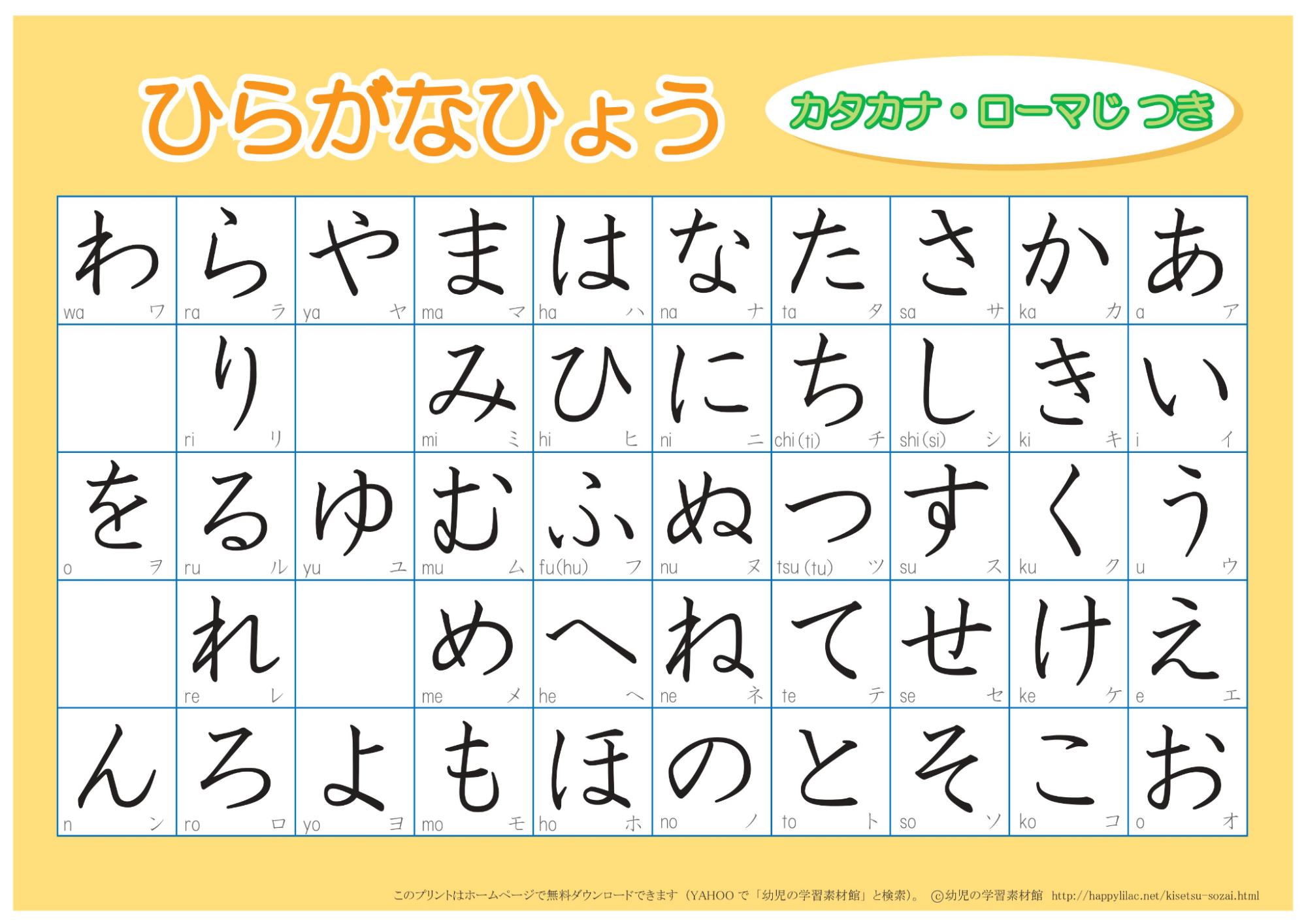
2. How to Pronounce and Write Hiragana Each character has a unique pronunciation. For example:
-
あ (“a”) is pronounced as in “arm”.
-
Practice writing by following stroke order diagrams to build muscle memory.
Practicing stroke order is crucial to mastering writing fluency.
📌 Want to understand how Hiragana is used in sentences? Learn more about what is Hiragana used for.
3. Interactive Resources for Learning Hiragana
-
Add visual aids, such as images of the Hiragana chart.
-
Provide a downloadable PDF of the full chart for convenience.
III. Comparing Hiragana with Other Writing Systems
-
Hiragana vs. Katakana
-
Hiragana is used for native Japanese words and grammatical elements.
-
Katakana is primarily used for foreign loanwords and names.
-
-
Hiragana vs. Kanji
-
Hiragana simplifies pronunciation for Kanji, often written as furigana above Kanji characters.
-
While Kanji conveys meaning, Hiragana provides grammatical structure.
-
📖 Planning to expand beyond Hiragana? Here’s a guide on how to study Kanji to help you get started!
IV. Tips for Learning Hiragana Effectively
-
Techniques for Memorizing Hiragana
-
Use mnemonic devices to associate characters with familiar shapes or sounds. For instance, あ can resemble an apple, making it easier to remember its sound.
-
Practice with flashcards or apps designed for language learners like Anki or Duolingo.
-
-
Daily Practice
-
Dedicate 10-15 minutes each day to writing and pronouncing Hiragana.
-
Start with vowels, then move on to consonant-vowel pairs. Progressively build your vocabulary with simple words like あか (“a-ka”) and うき (“u-ki”).
-
-
Recommended Resources
-
Use online tools like Tofugu’s Hiragana Guide.
-
Download free PDFs or join beginner-level courses focused on Hiragana mastery.
-
-
Engage with Real-Life Examples
-
Write your name in Hiragana or practice with Japanese children’s books.
-
Watch videos that teach correct pronunciation and stroke order.
-
V. History and Origin of Hiragana
-
Development of Hiragana Hiragana originated from simplified forms of Kanji, evolving during the Heian period (794-1185). Initially, it was used mainly by women in poetry and personal correspondence.
-
Cultural Significance
-
Historically, Hiragana was seen as a more "accessible" script than Kanji.
-
Today, Hiragana is a cornerstone of literacy in Japan and is taught to children as their first script.
-
VI. Practical Applications of Hiragana
-
Usage in Daily Communication
-
Hiragana is used for writing grammatical particles, verb endings, and native Japanese words.
-
It also appears in children’s books, beginner textbooks, and furigana annotations for Kanji.
-
-
Examples of Common Words in Hiragana
-
おはよう (“you” - good morning)
-
ありがとう (“Arigatou” - thank you)
-
さようなら (“sayonara” - goodbye)
-
-
Use in Modern Media
-
Hiragana is often used in subtitles for movies and anime to aid comprehension.
-
VII. Conclusion
Hiragana consists of 46 basic characters, with additional variations like Dakuten and Yōon. It is an essential tool for learning Japanese, providing a foundation for reading, writing, and understanding the language. To master Hiragana, utilize resources like flashcards, apps, and daily practice.

